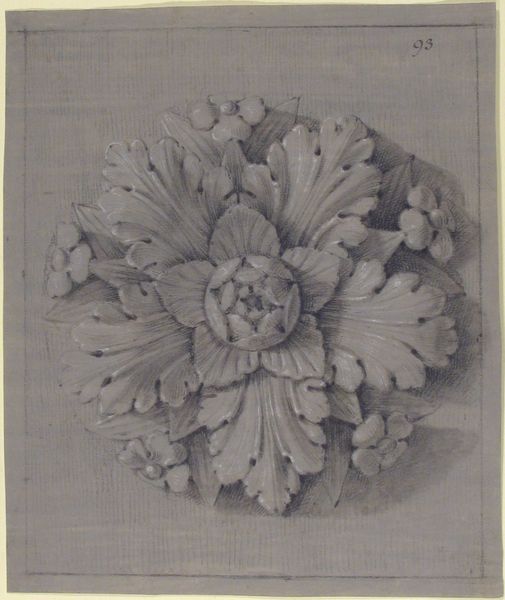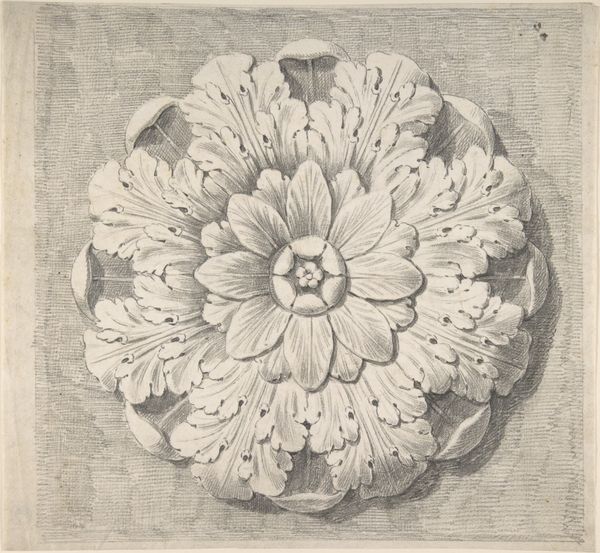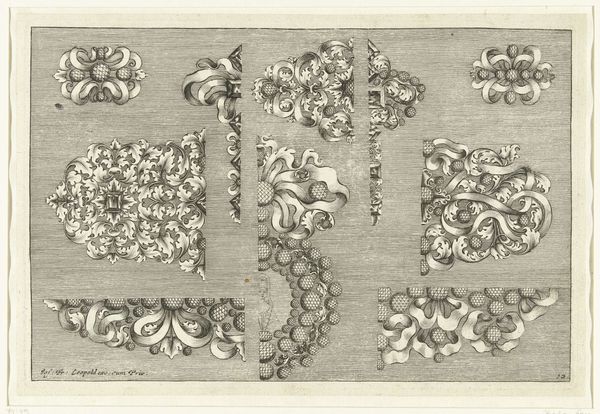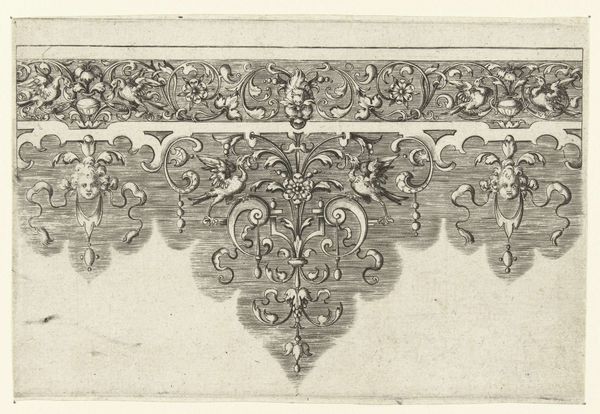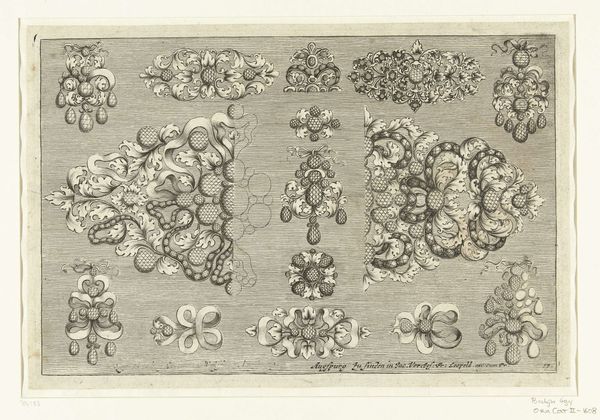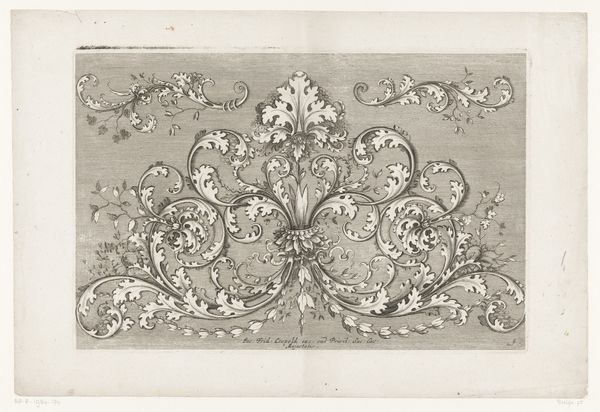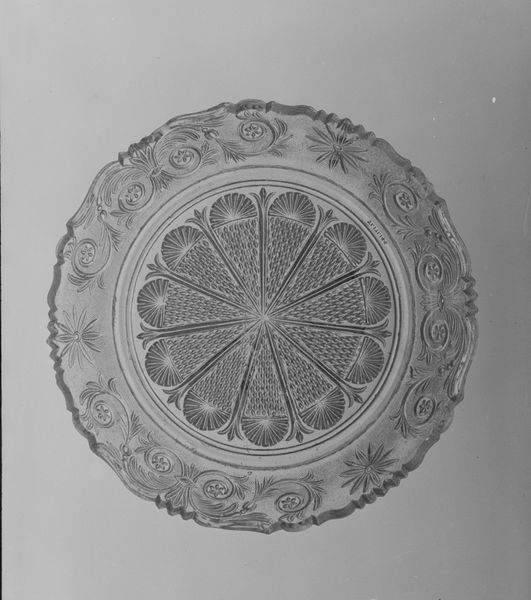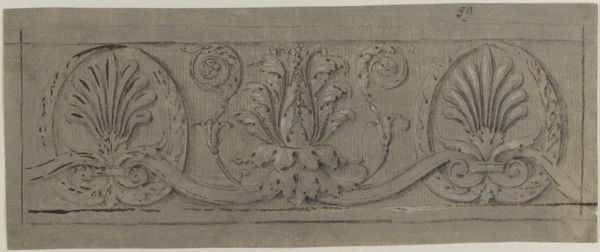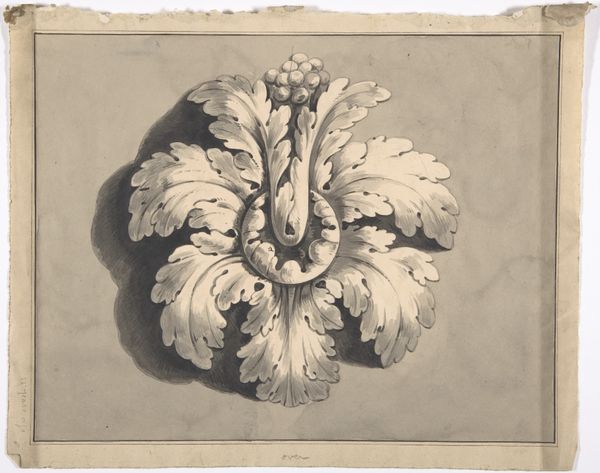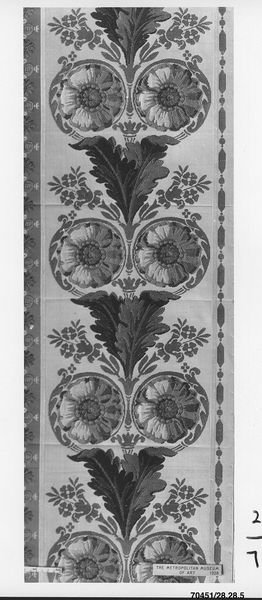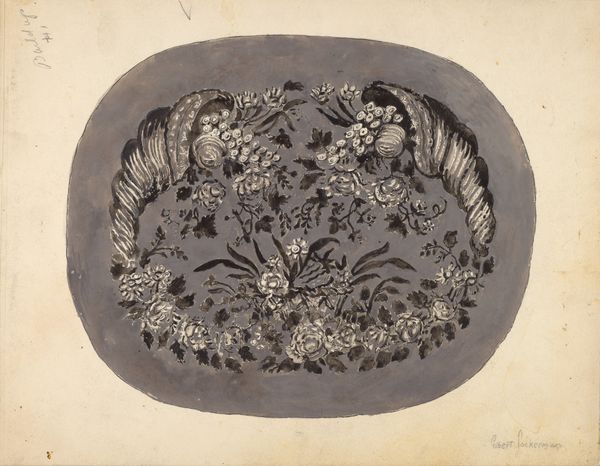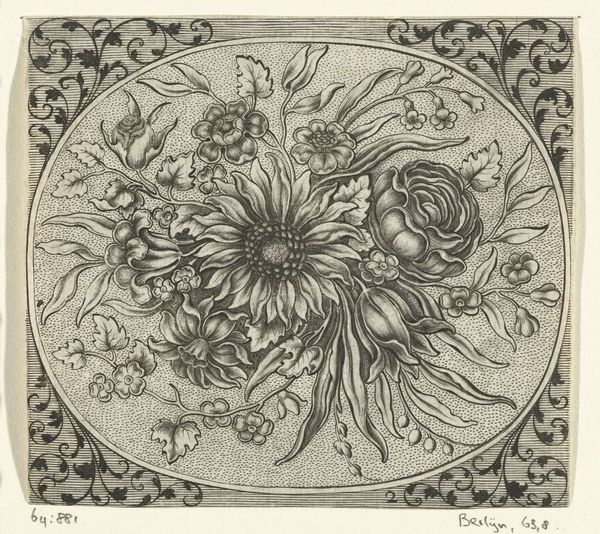
drawing, print, relief, pencil
#
drawing
#
neoclacissism
# print
#
pencil sketch
#
relief
#
flower
#
form
#
geometric
#
pencil
#
academic-art
Dimensions: sheet: 9 5/16 x 7 11/16 in. (23.6 x 19.5 cm)
Copyright: Public Domain
Editor: We're looking at "Design for a Rosette Relief," an anonymous pencil drawing from the early to mid-19th century. It's surprisingly detailed. What's your take on how form functions within this work? Curator: Observe how the artist has meticulously employed light and shadow to create a palpable sense of depth. The strategic placement of darker values beneath each petal, coupled with the subtly illuminated tips, sculpts the rosette, imbuing it with a three-dimensional quality that belies the two-dimensional medium. Do you notice the repetition of form and how it dictates the overall structure? Editor: Yes, the concentric circles of petals create a rhythm. The repetition really emphasizes the symmetry. It almost feels mathematically perfect, though it's hand-drawn. Curator: Indeed. Note also the surface texture—the almost velvety bloom contrasts with the geometric matrix that sustains it. The draughtsmanship exhibited serves to abstract an idealized bloom, an exercise in geometric organization, thus elevating organic representation towards timeless form. Is it a successful rendering? Editor: Absolutely. For me, the shading variations truly simulate depth and texture in the final composition, but also add to the subtle qualities of light throughout the entirety of the composition. I also really see how you have emphasized the organization of form, something I now understand more fully thanks to your explication. Curator: Precisely. Close visual analysis reveals the artist's command of technique and aesthetic ideals. What starts as representational modelling is brought into a more conceptually significant realization by an expert and refined organizational sensibility.
Comments
No comments
Be the first to comment and join the conversation on the ultimate creative platform.
